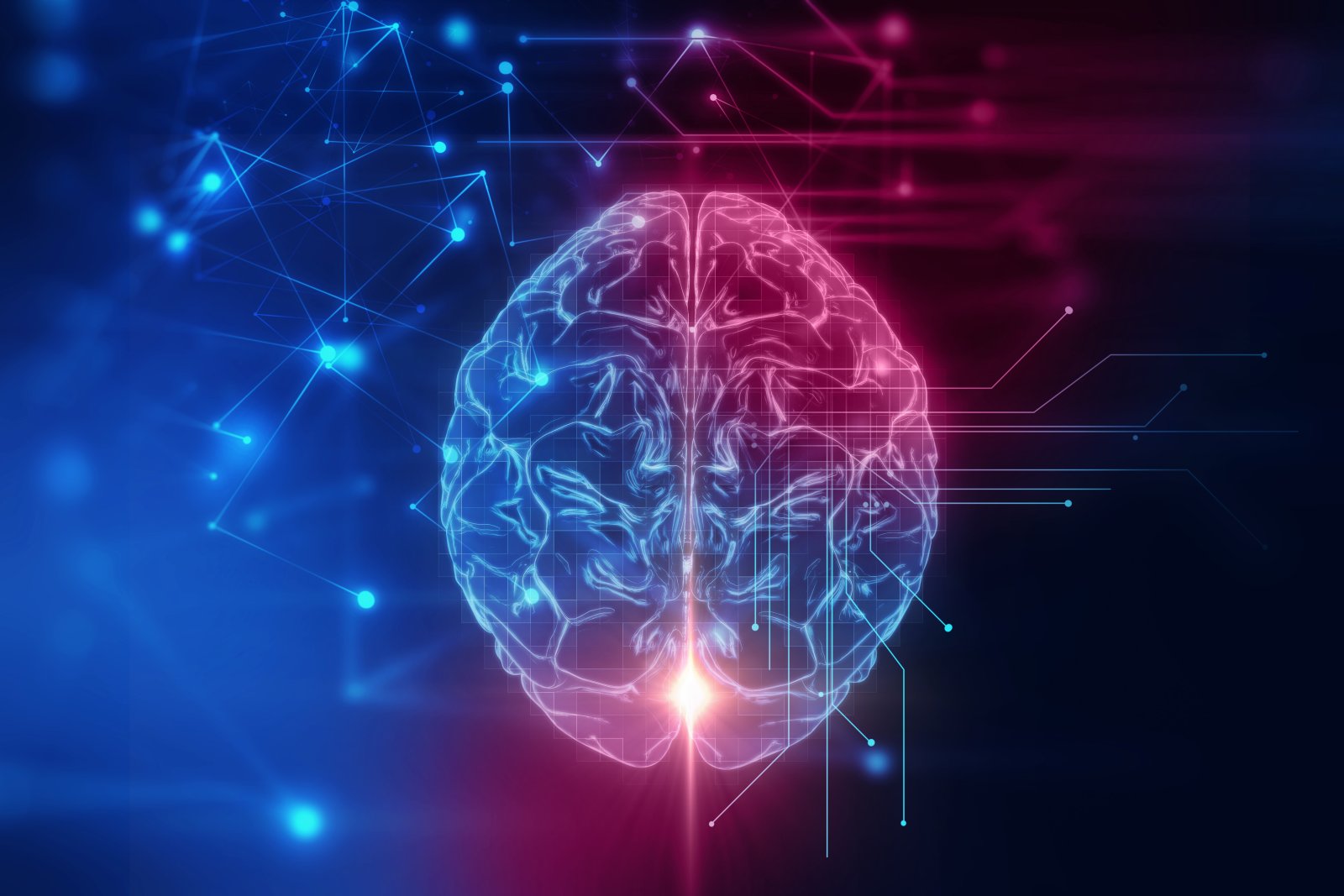Contributing Faculty
This module was produced by Dr. Tomeka Wilcher.
Essential Questions
-
What does it mean to activate prior knowledge?
-
Why is activating students' prior knowledge essential to their understanding and success?
-
What strategies can instructors implement to activate students' prior knowledge?
"What students already know about the content is one of the strongest indicators of how well they will learn new information relative to the content" (Marzano, 2004, p. 1). Therefore, instructors should take the time to incorporate strategies to activate prior knowledge in order to gain a pulse check on what students know, do not know, or need to know. This information will aid in the building and transferring of knowledge. It will also aid in creating lessons and learning experiences to target specific learning needs (Lent, 2012). Activating prior knowledge is critical because it closes the learning gap.
Background knowledge is a "collection of 'abstracted residue' (Schallert, 2002, p. 57) that has been formed from all life experiences" (Lent, 2012, p. 30). It is the foundation on which instructors can create a bridge connecting students' experiences and current knowledge with opportunities to learn and explore fresh knowledge. This can be done by activating students' prior knowledge. Activating prior knowledge is an essential step in the teaching process. It clarifies misconceptions students may have been exposed to throughout their learning experiences. It aids in leveling the playing field, because not all students come to class with the same background knowledge. When instructors activate prior knowledge, they are providing context as well as beginning the scaffolding process. Instructors are checking for students' understanding, which will aid in determining support and resources. Students will then need to gain a deeper understanding of the subject matter.
Implementing the strategy
Background knowledge is tied to experiences, and with experiences come emotions. Activating prior knowledge builds knowledge by creating connections, and many of these connections are made because of the affective component, which plays a huge role in this best practice. When students encounter new knowledge, instructors should not miss the opportunity to use students' prior knowledge to aid in their understanding. Using these strategies helps students continue to thrive in the classroom. Activation of prior knowledge can be implemented within any subject matter. Instructors usually incorporate these strategies at the beginning of a lesson, topic, or unit, or prior to a new skill or strategy.
Here is a link to some strategies for activating prior knowledge, strategies that can be infused within a lesson: Activating Prior Knowledge Strategies
Resources
Ginsberg, S.M. (2010). "Mind the gap" in the classroom. The Journal of Effective Teaching, 10(2), 74-80.
Lee, H.S., Coomes, J., & Yim, J. (2017). Teachers' conceptions of prior knowledge and the potential of a task in teaching practice. Journal of Math Education, 22, 129-151. doi: 10.1007/s10857-01709378-y
Oleson, A. & Hora, M.T. (2014). Teaching the way they were taught? Revisiting the sources of teaching knowledge and the role of prior experience in shaping faculty teaching practices. Higher Education, 68, 29-45. doi:10.10007.a10734-013-9678-9
Richardson, J.S., Morgan, R.F., & Fleener, C. E. (2009). Reading to learn in the content areas (8thed.) Belmont, California: Wadsworth, Cengage Learning.
References
Lent, R.C. (2012). Overcoming textbook fatigue: 21st century tools to revitalize teaching and learning. Alexandria, Virginia: ASCD.
Marzano, R. J. (2004). Building background knowledge for academic achievement: Research on what works in schools. Alexandria, VA: ASCD.
Schallart, D. (2012). Schema theory in B.J. Guzzetti (Ed.) Literacy in America: An encyclopedia of history, theory and practice (pp. 556-558). Santa Barbara, CA: ABC-CLIO.



